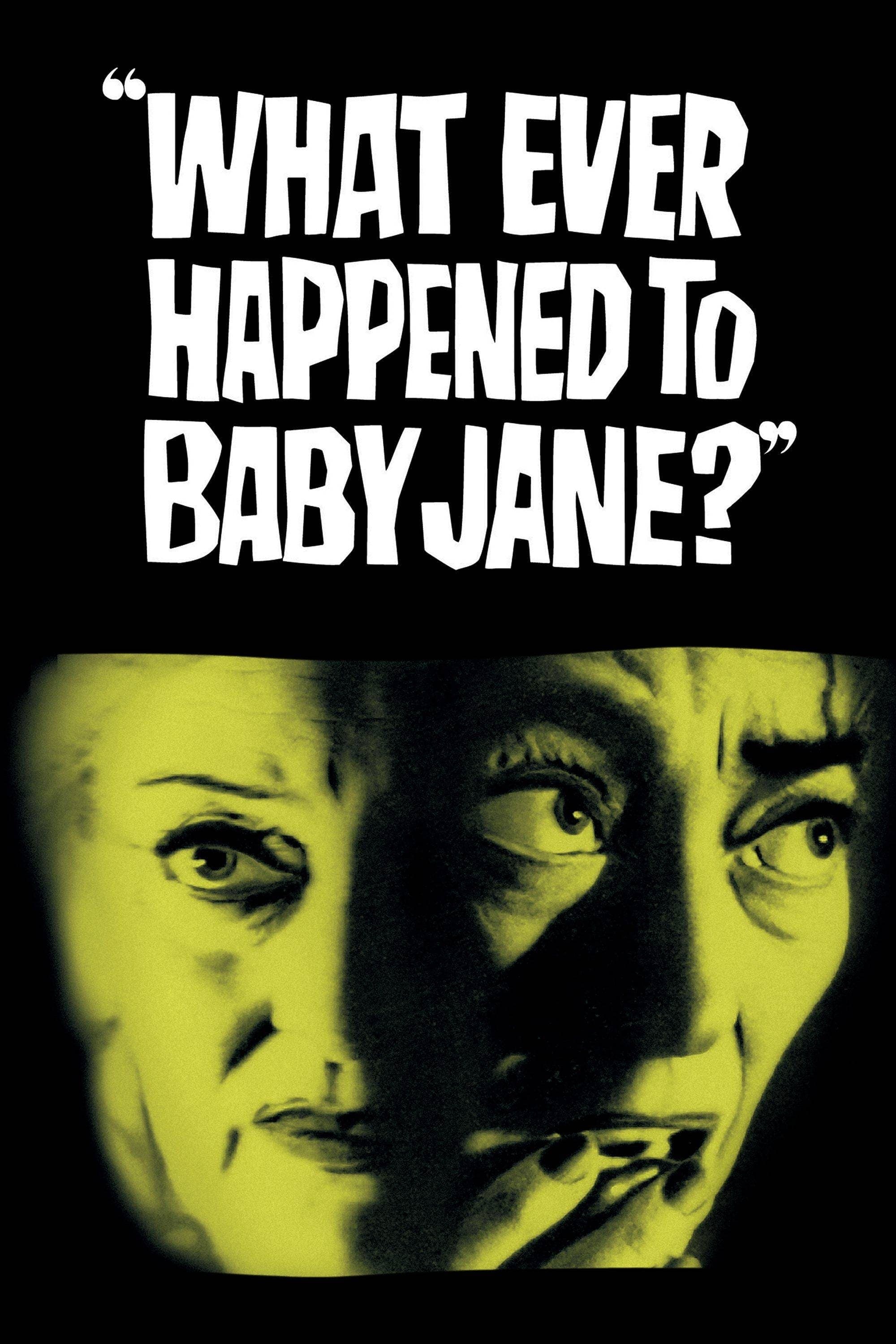
What Ever Happened to Baby Jane?
1962
Rate this movie
Average: 4.00 / 5
(1 votes)
Director
From a Henry Farrell novel, a wonderful journey through paranoia at the hands of Robert Aldrich. It is not a simple psychological thriller, but a work that creeps into the darkest folds of the human soul, revealing the deep roots of a madness rooted in resentment and disillusionment, with echoes of the darkest cinematic Grand Guignol.
Two sisters, Jane and Blanche Hudson, live in the same decaying villa, a vestige of a past that is not only glorious but also irremediably toxic, a Gothic architecture of broken dreams and unresolved rivalries. Both had roles as film stars, but with cruelly divergent trajectories. Jane, the "Baby Jane" of the title, was in fact a child star, a prodigy who burned out prematurely, whose brief, brilliant career was soon eclipsed by the more mature and sustained success of her sister Blanche, the diva with sophisticated charm.
Now that both find themselves in a self-imposed solitude laden with resentment, they must learn to live together, and for Jane, this arrangement becomes an opportunity for a cruel and pathological moral revenge on Blanche, whose physical fragility is accentuated by her condition as an invalid in a wheelchair. A tangle of sordid resentments will envelop their lives like a warm shroud, amidst mutual traps and squalid retaliations, a crescendo of domestic horror that delves deep into the psyche of two women imprisoned by their own past and by each other. It is a "locus horribilis" that becomes a sounding board for the festering of a distorted sisterly love, slowly transforming into a mental and physical prison for both.
Like hidden voyeurs in the shadows, we are dragged into the claustrophobic intimacy of this drama, following the unsettling domestic routine of the two sisters. Aldrich, with a skillful narrative device and direction that exploits every shadow and every creak, makes us complicit in the story, a kind of pact between the viewer and the director sealed in the dusty recesses of that old house, which from a symbol of opulence is now a funerary monument to decline. The atmosphere is made even more palpable by Ernest Haller's black and white cinematography, which accentuates the chiaroscuro and decadent textures, transforming each shot into an expressionistic painting of anguish.
There are many memorable scenes in which Bette Davis, in the grotesque and terrifying guise of Jane, showcases a craft that has truly remained unsurpassed. Her performance is a tour de force, a masterclass in acting that transcends the role to explore the limits of the sick psyche. One is reminded, for example, of Jane's sick relationship with her doll, a fetish that has the power to make her regress to a child and which, in a memorable scene, is the object of a song by the old woman who, with heavy makeup and a sardonic smile, returns to girlhood, only to wake up terrified by her reflection in the mirror – a moment of lucidity as brief as it is chilling – while in the next room Blanche is horrified listening to her desperate and alienated screams. It is in these moments that Davis's performance soars, capturing the complexity of a figure who is both victim and tormentor, a devastated soul trapped in her own portrayal of "Baby Jane."
A mention of merit, or rather, supreme praise, for the two extraordinary actresses who clash on set and on screen: Bette Davis and Joan Crawford. Their legendary and well-documented real-life feuds, far from damaging the project, fueled its tension, lending their interactions a palpable charge of authentic resentment. The sublime contrast between the macabre and histrionic hyperbole of Davis and the composed, yet no less intense, anguish of Crawford creates a dynamic of strength and weakness, of madness and (apparent) sanity that is the true beating heart of the film. Crawford, with her forced vulnerability, is the perfect counterpart to Davis's volcanic eruption, and their negative chemistry is magnetic.
A ruthless work that sheds light on family resentments and the unstable balance of a relationship undermined by never-dormant grudges, a true anatomy of pathological co-dependency. The film is not only a psychological horror but also a poignant reflection on the ephemeral nature of celebrity and the cruelty of the Hollywood system, which often devours its own children, leaving them to rot in solitude, clinging to ghosts of past glory, a theme already masterfully explored in Sunset Boulevard.
A devastating film, a long and strident lament about corrupted sisterly love, which imprints itself on memory and continues to resonate long after the final beach sequence, a masterpiece of perversion and despair that spawned an entire subgenre – that of "Psycho-biddy" movies – and which remains, decades later, an indelible icon of gothic cinema and the human psyche at its extreme limit.
Country
Gallery
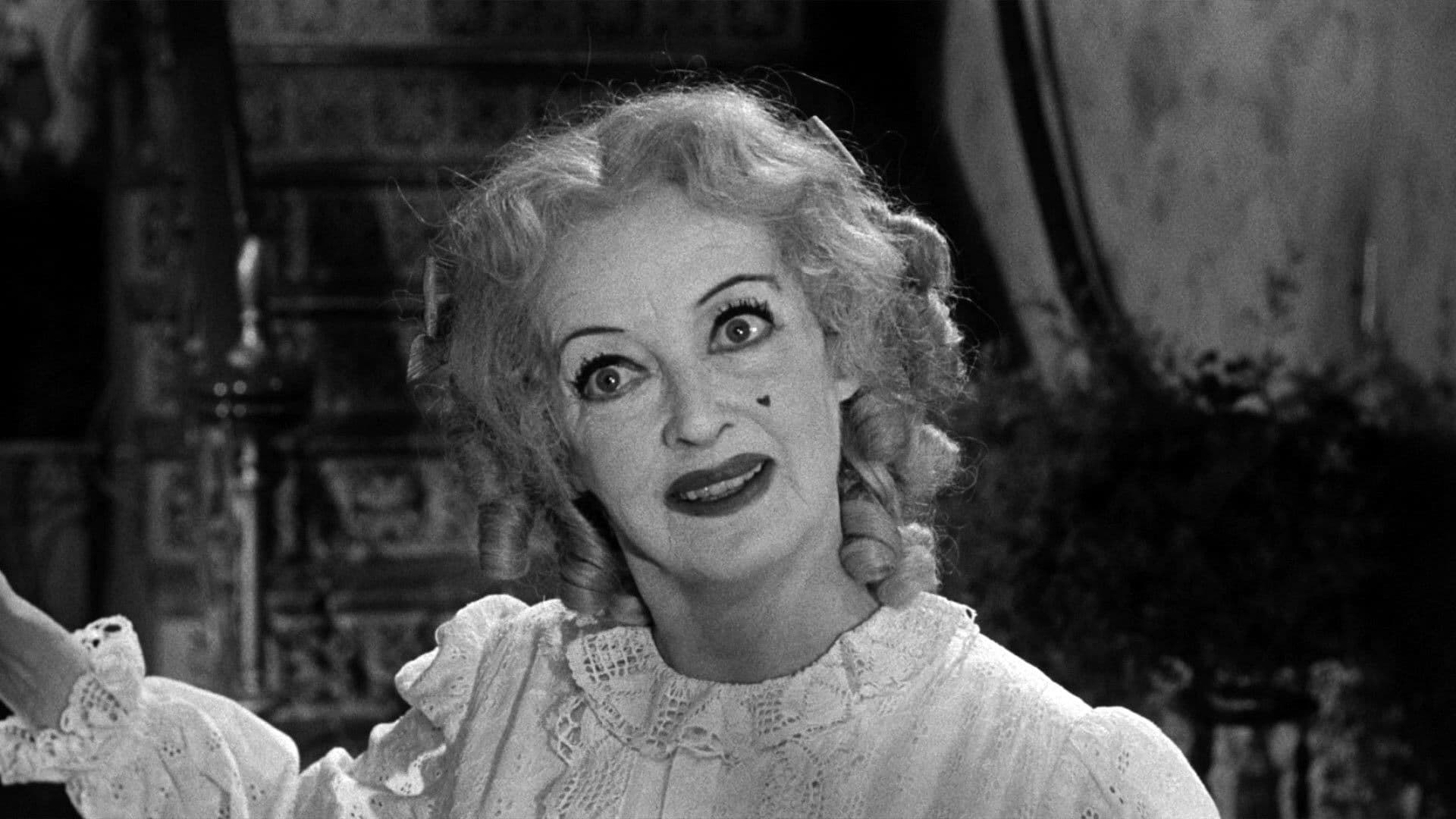
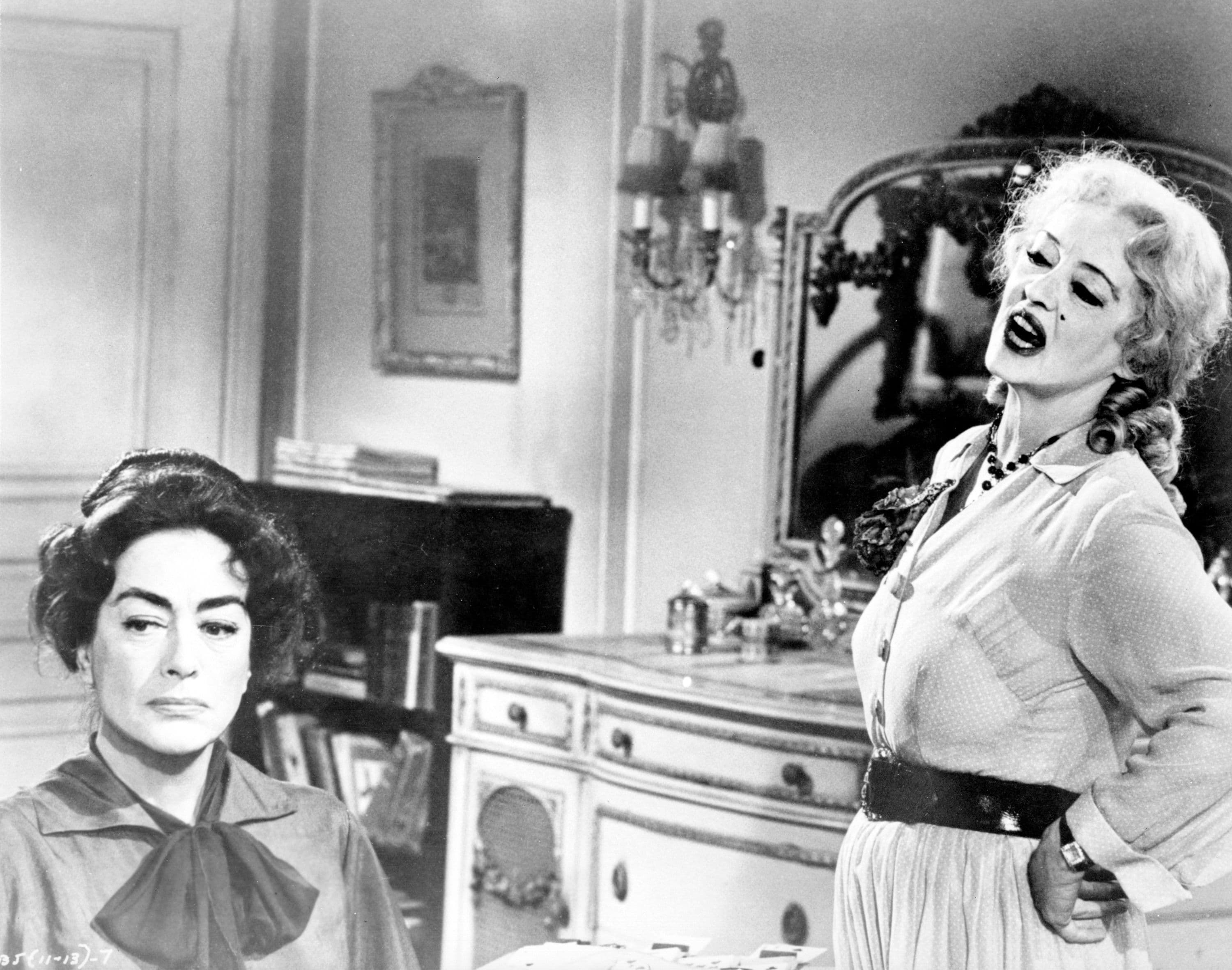
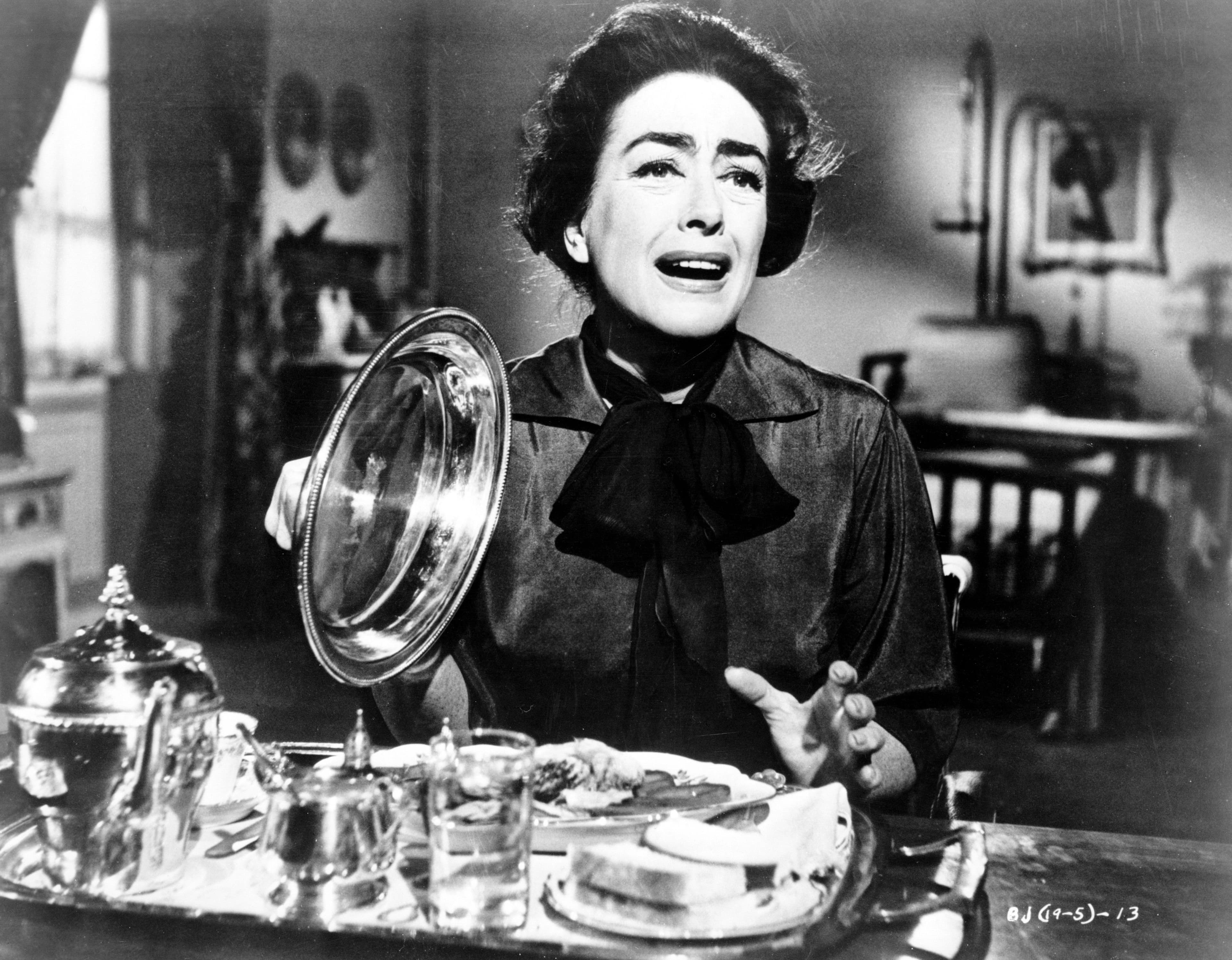
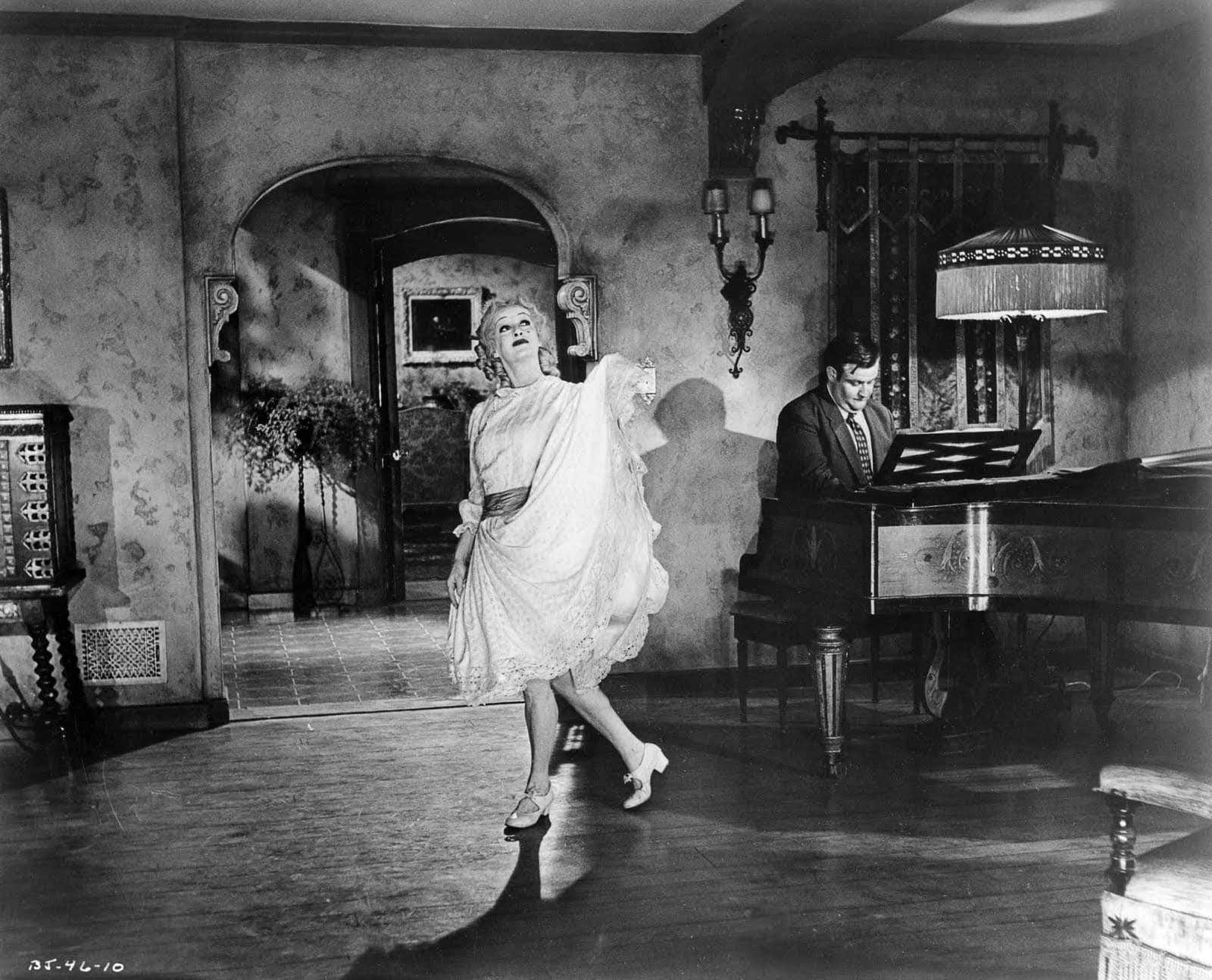



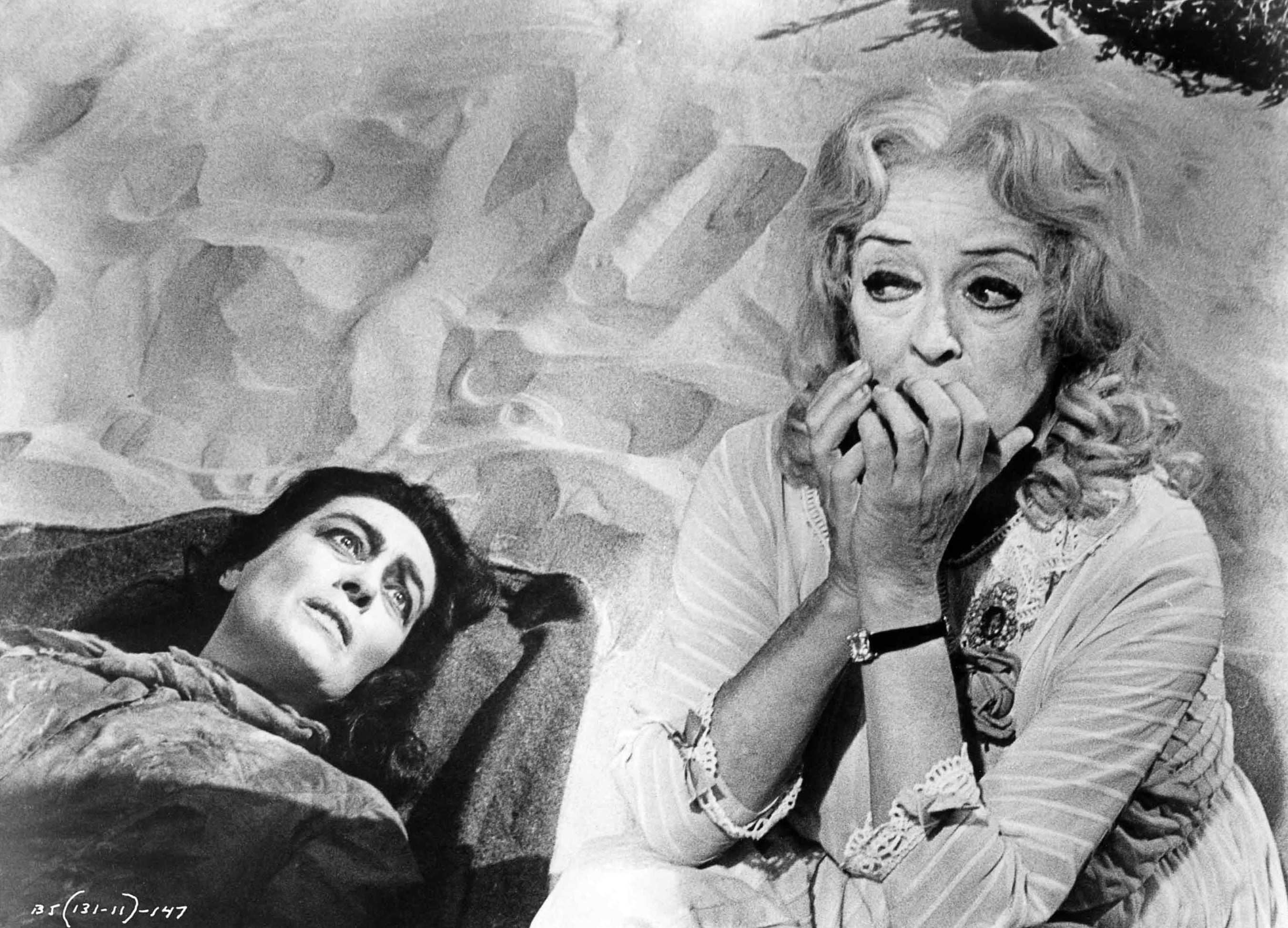
Comments
Loading comments...